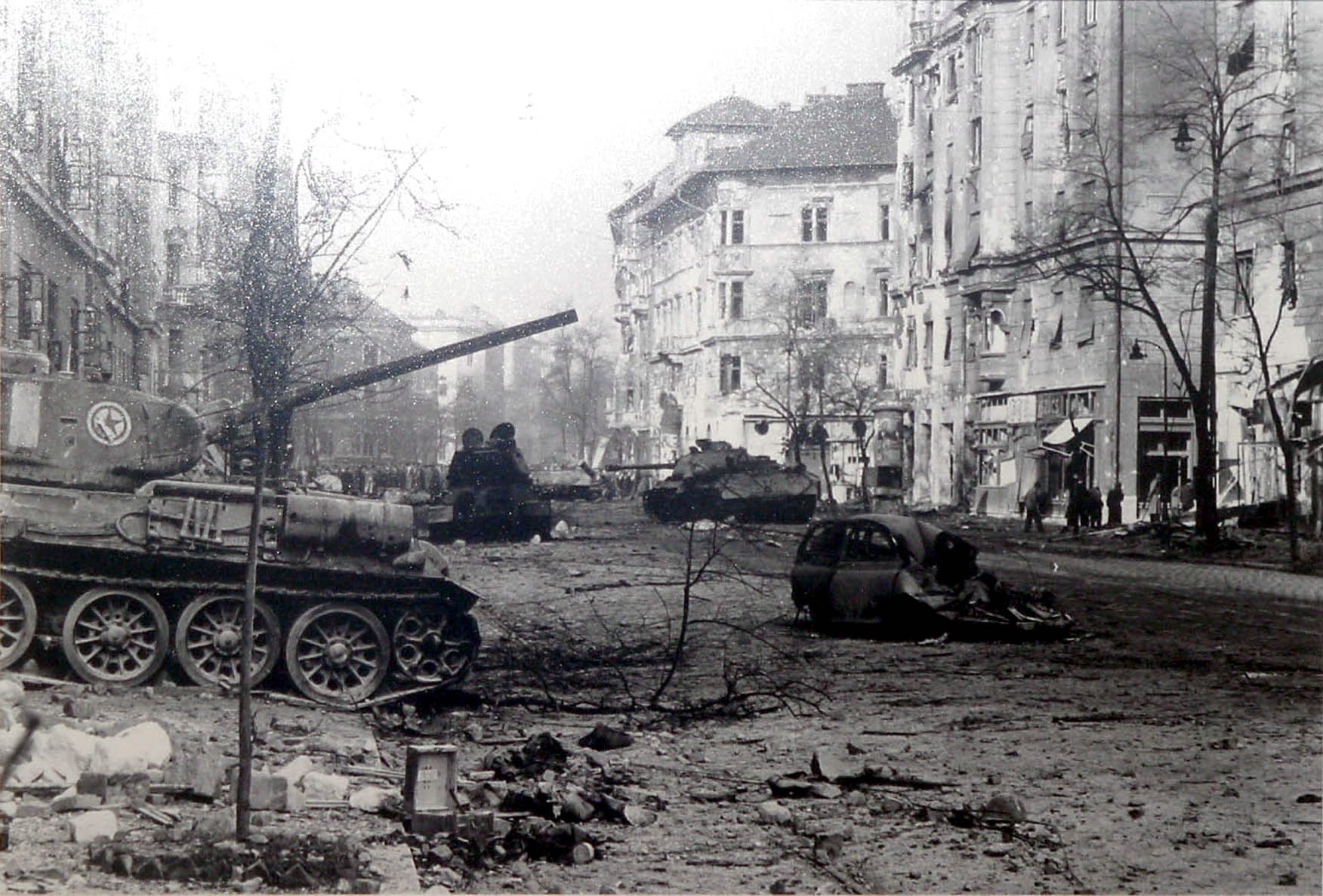About the Memorial Day
On 23 October 1956, an armed freedom fight started against the Communist dictatorship and Soviet occupation. Despite what the Soviet leadership promised, the Russian forces did not leave the country, thus on 1 November Imre Nagy, the newly elected Prime Minister declared Hungary’s stance of neutrality, its withdrawal from the Warsaw Pact, and appealed for assistance to the great powers of the United Nations.
On 4 November, the Soviet invasion sealed the fate of the Revolution. At dawn, military occupation began in the entire area of Hungary. At 05:20 in the morning, Imre Nagy’s famous speech was broadcast on radio, in which he informed the people of Hungary and the world about the armed intervention without declaration of war. The overwhelming Soviet forces advanced on the capital with tanks, but it took them several days of street fighting to break the resistance in Széna Square, Corvin Square, Óbuda, Kőbánya and at multiple sites in the 8th and 9th districts of the capital, and finally, on 11 November in Csepel.
In commemoration of the events, 4 November was designated as the National Day of Mourning under government decision No. 237/2001 (10/12). On this Memorial Day, the national flag of Hungary is lowered to half mast. Then, by tradition, the martyrs of the 1956 Freedom Fight and the victims of retaliation are commemorated with a candlelight vigil at the Heroes’ Wall of the House of Terror Museum, with wreathing at Plot 300 in the Rákoskeresztúr New Public Cemetery, and with a memorial concert in St. Stephen’s Basilica.
